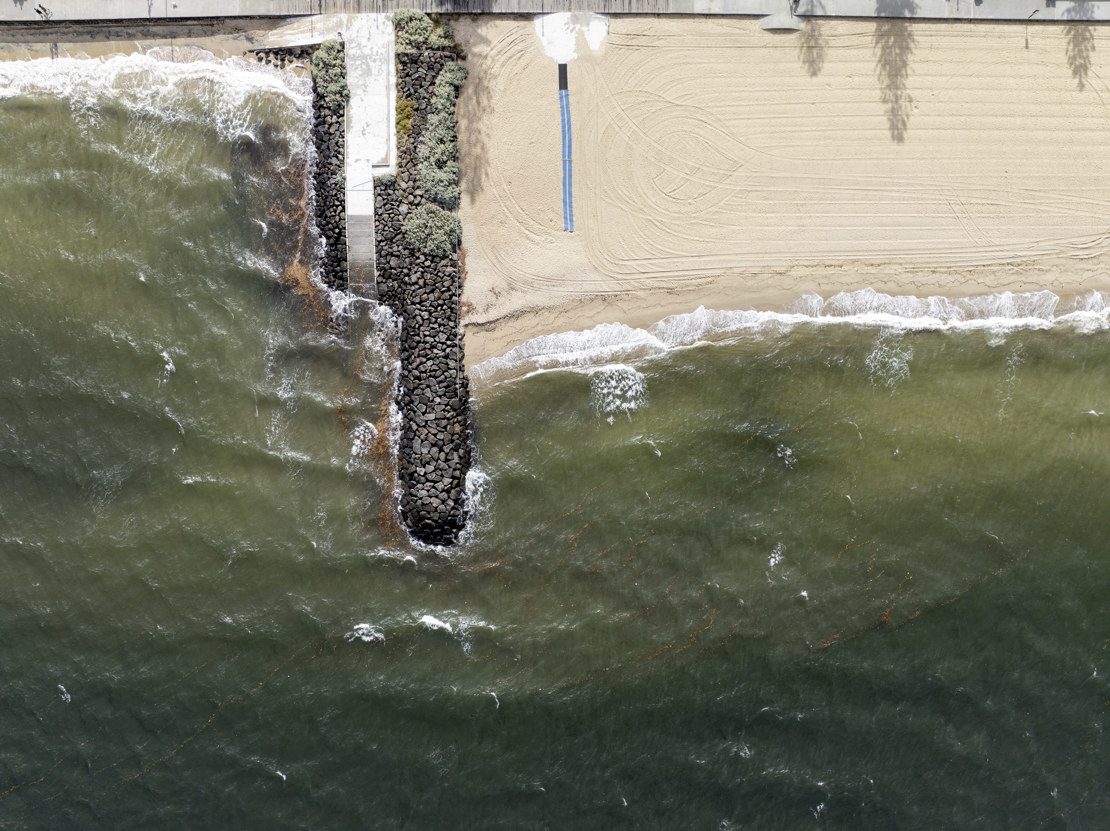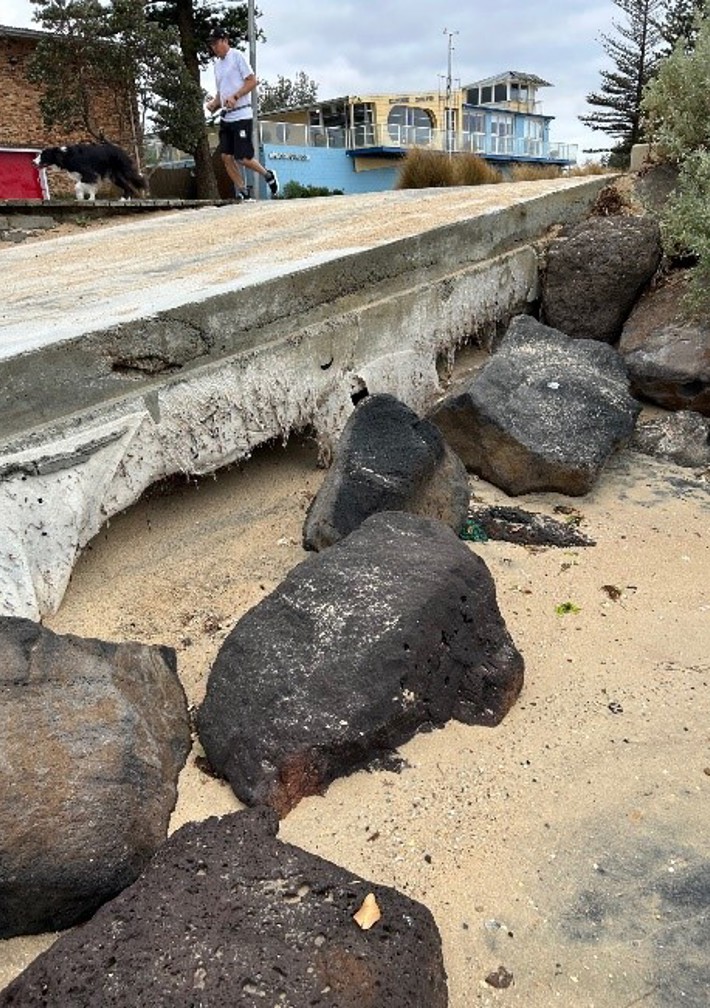Coastal Health and Water Management in Port Phillip
The opportunity
Port Phillip’s coastline is one of Victoria’s most visited and densely populated coastal areas, yet it faces increasing threats from climate change, sea level rise, and aging infrastructure.

The beaches are now eroding rapidly, and the State’s protective structures built more than 50 to 100+ years ago require urgent renewal. Roughly a third of our municipality (geographically) is currently subject to flooding and this is expected to grow. Climate change will also reduce freshwater availability and securing alternative water sources is critical to Port Phillip’s future prosperity. This presents a critical opportunity to invest in long-term, strategic solutions that protect our beaches, public (and private) assets, and community safety.
We need to ensure public safety, economic vitality and secure our environmental assets by ensuring resilient coastal and water infrastructure. By acting now, we can:
- Safeguard iconic beaches like Elwood and St Kilda from erosion.
- Protect vital infrastructure including promenades, the Bay Trail, and arterial roads.
- Enhance flood resilience and reduce future disaster recovery costs.
- Commit to using water efficiently, reducing the impacts of flooding and collecting, cleaning and recycling water sources without reliance on traditional potable water sources or desalination.
- Deliver high return on investment through tourism, recreation, and environmental preservation.
Why we’re advocating
Our coastline is disappearing at an accelerated rate. Decades-old protective structures are collapsing, and without intervention, hazardous sites could be exposed to the public. Erosion also threatens native vegetation, public safety, and critical infrastructure with collapsing seawalls and increased flood risk already evident.
City of port Phillip is one of Victoria's most densely populated municipalities, and the foreshore is bordered by major state managed roads that carry a significant number of vehicles daily. In this urban context retreat is not a viable option. Strategic, well-funded adaptation is essential to protect both people and assets.

Elwood Rock Groyne
Flooding and inundation risks are rising: the Victorian Marine and Coastal Council projects up to $20 billion in flood and inundation damage over the next 15 years if no action is taken. Other states like Queensland and New South Wales have already implemented successful, funded adaptation plans. It’s time for Victoria to follow suit.
Port Phillip’s 11 km foreshore attracts over 5 million visitors annually including locals, domestic day trippers and hundreds of thousands of overnight visitors, making it one of Victoria’s most visited urban coastlines*. This vital stretch of coast is also home to six remnant indigenous vegetation sites and over 25,000 native plants are added each year to protect biodiversity and support local wildlife**.
Despite being the most affected council area in Victoria, there is currently no dedicated State funding for coastal works. We’re advocating for proactive investment to:
- Prevent environmental degradation and public safety risks.
- Avoid reactive, costly disaster responses.
- Ensure integrated planning across agencies like DEECA, DTP, Melbourne Water, and South East Water.
- Align Victoria with successful adaptation models already implemented in QLD and NSW.
* economy.Id City of Port Phillip Tourism data 2023/24 & City of Port Phillip foreshore pedestrian sensors
** City of Port Phillip - Indigenous vegetation sites
What we're advocating for
We’re calling on the Victorian and Commonwealth Governments as well as relevant agencies to commit to:
How to get involved
Stay Informed
Visit our Advocacy Hub for updates, resources, and opportunities to get involved.